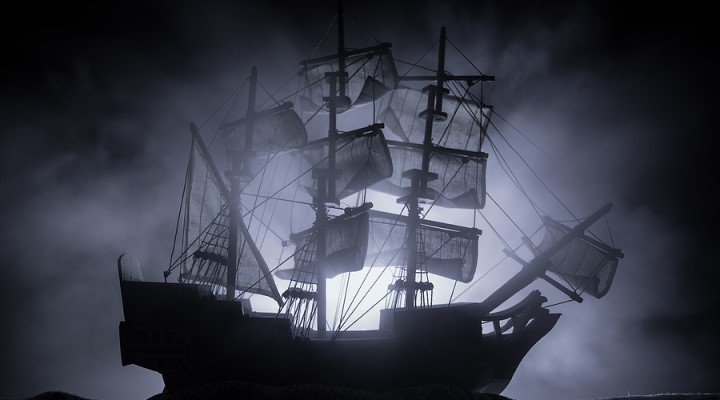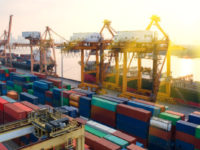Recently the world stopped and noticed a huge container ship get stuck in the Suez Canal, Evergreen’s Ever Given. A week later it was moved successfully and the 430 odd ships behind started making their way through the backlog and congestion.
One thing we never discuss gets very little media attention and Governments around the world are cautious to ventilate is marine piracy.
Now we all like to imagine pirates being like Robin Crusoe or the movie Pirates of the Caribbean where the villain is also a hero. The reality is very different.
Those of us who have been in this game a long time have seen how PSS or Piracy Security Surcharge has increased from USD 20.00 to USD 200 per container over time. I used to have clients who thought this was a joke and would question this charge on their invoices. Could not blame them as there was nothing much on this, especially before google and the internet.
In 2001 I attended a conference in Hong Kong on Maritime Security as it was an area I found particularly interesting and above all wanted to understand how my clients were impacted. I was flabbergasted at the extent of how serious marine piracy was and continues to be. 98 incidents of piracy were reported in the first half of 2020, compared with 78 in the same period of time in 2019. Mainly this represents 81 vessels boarded, 10 attempted attacks, six vessels fired upon and one hijacked. It also happened that 54 crews were reported kidnapped in 10 different incidents, 90 per cent of which took place in the Gulf of Guinea. How is it this does not get reported?
The pandemic forced many security workers into lockdown, reduced monitoring and Governments compelled their forces to direct the bulk of their public safety efforts to combat the outbreak. The COVID-19 pandemic was one of the best years for marine piracy. The West African coast has been particularly dangerous due to the lack of both equipment and manpower
So, what does this mean for importers and exporters? It means higher costs to ship and higher costs for consumers.
The West African coast has been particularly dangerous due to the lack of both equipment and manpower to reduce the threat, as well as the vast areas to cover in order to effectively deter piracy. Possessing reserves in oil and gas, its waters are endangered by the presence of a relatively well-trained militia that has honed its skills fighting in the Delta’s secessionist movement. They target both ships and human capital. In April, pirates attacked a floating production storage and offloading (FPSO) vessel with a capacity of 50,000 barrels per day off the coast of Nigeria and kidnapped nine crew members, leaving the oil cargo intact.
According to Alex Kimani, the fall in oil price led pirates in the Western Hemisphere and Africa to give up on oil and to focus on ransom and onboard valuables.













